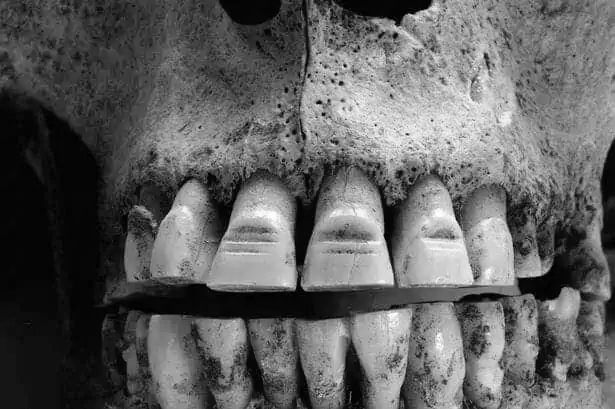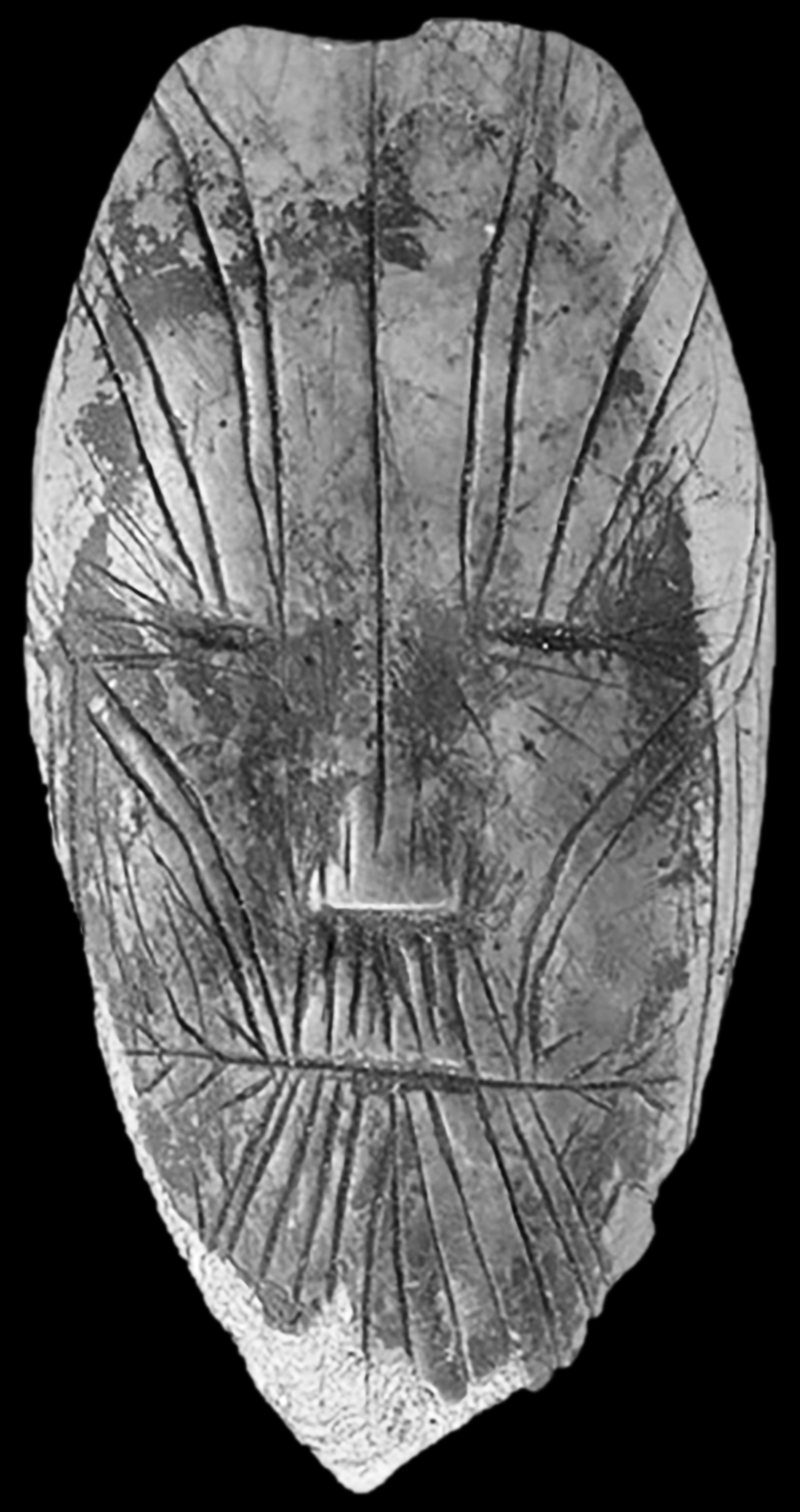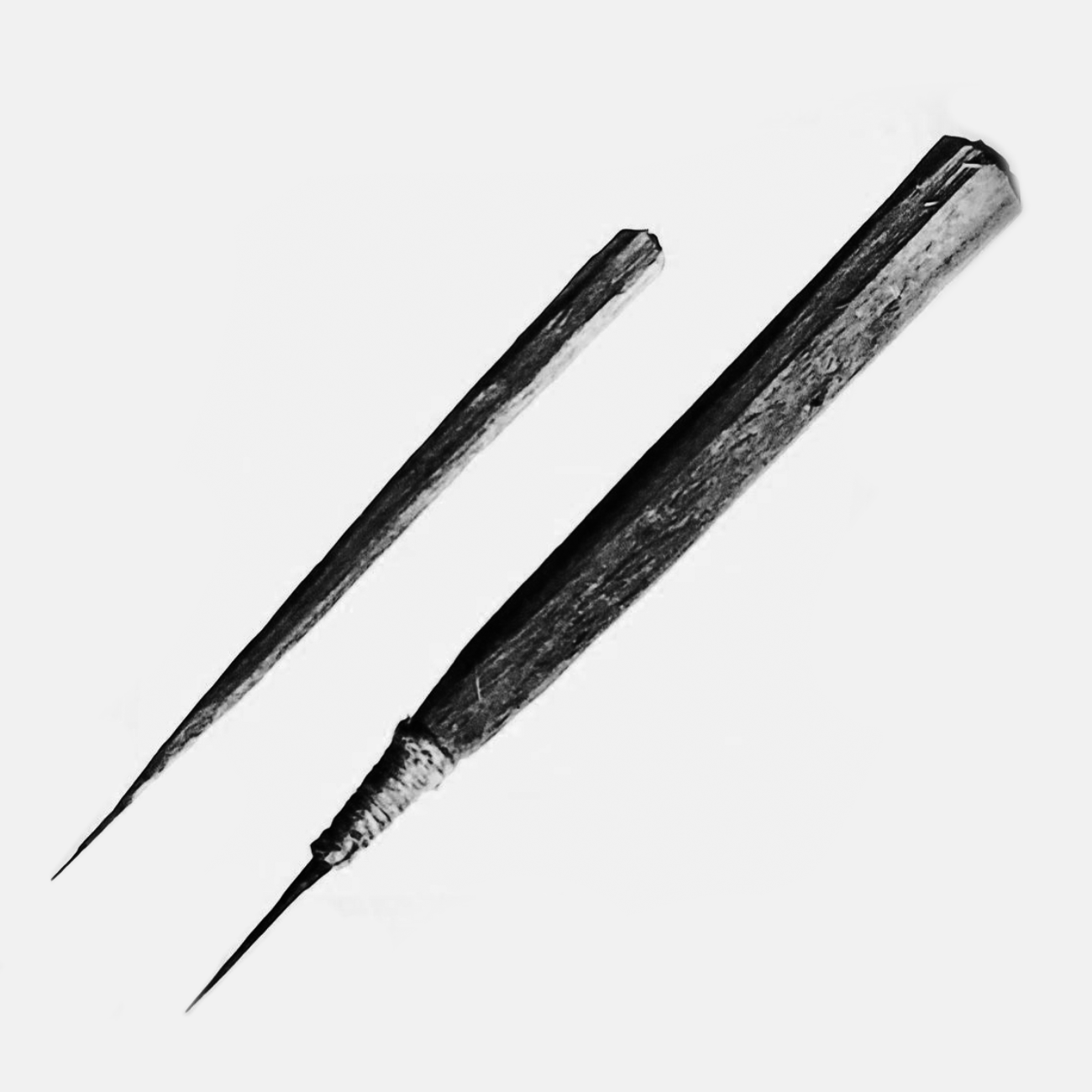A bit of My Work
Handpoked dot-work tattoos, all done by hand, no machine work.
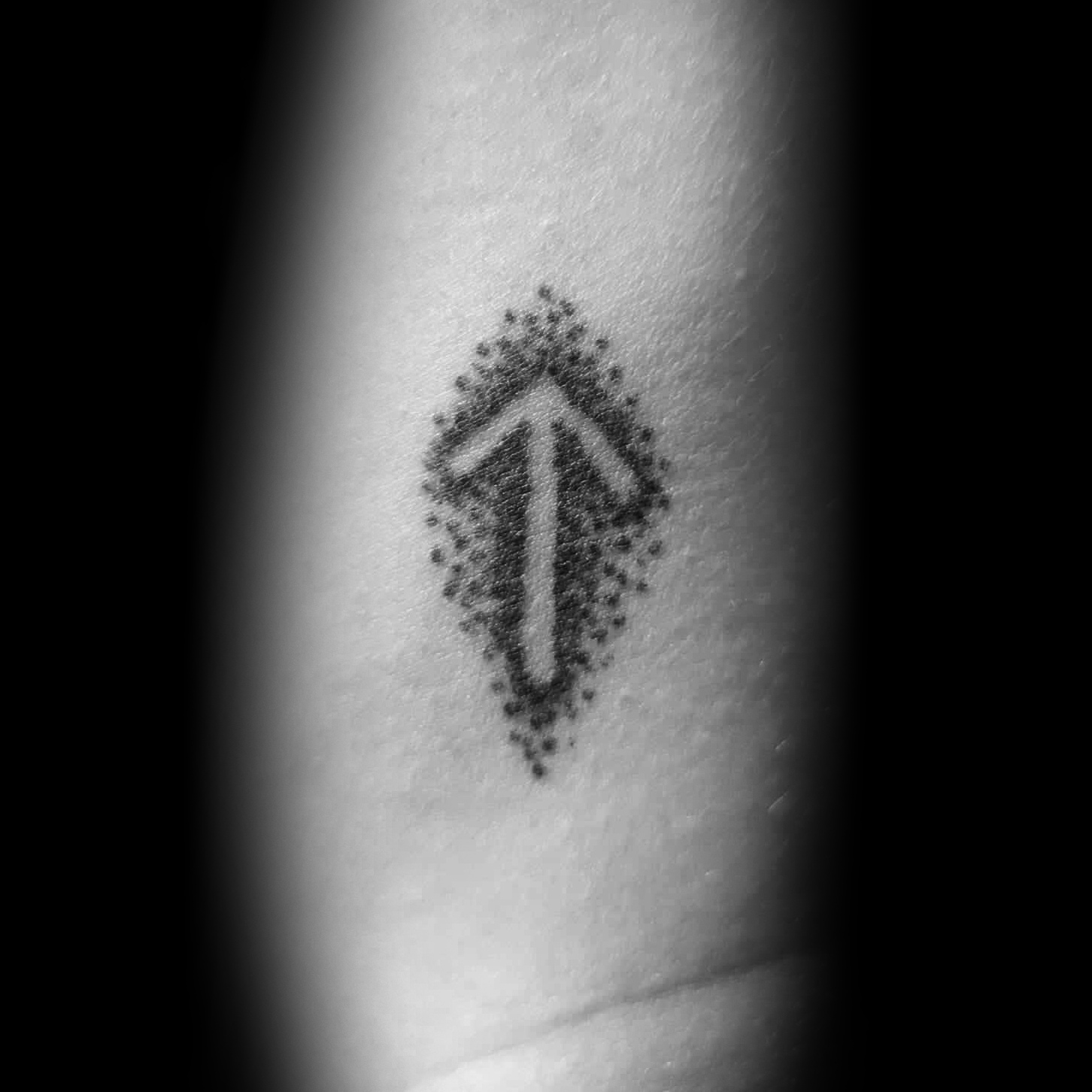
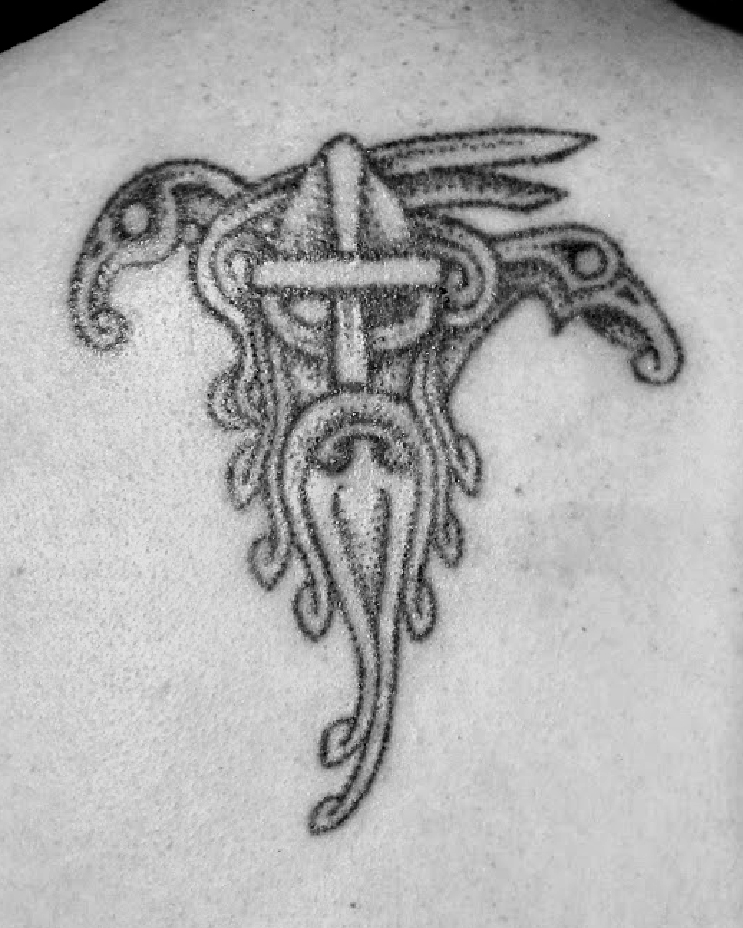
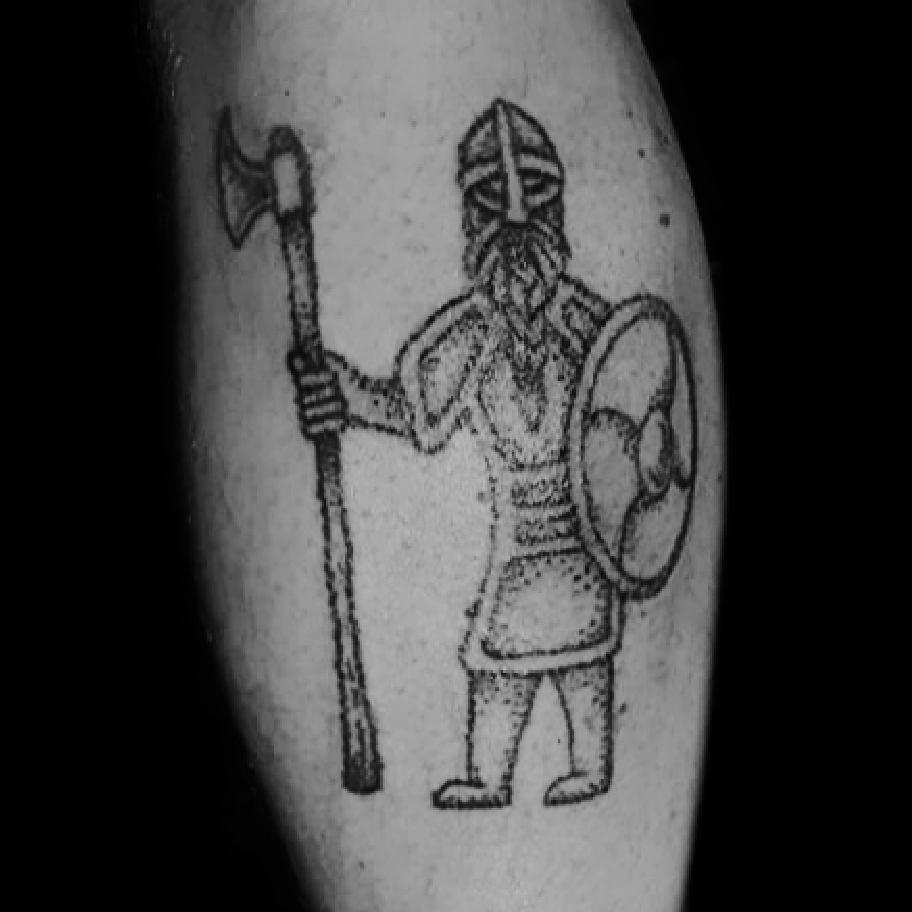
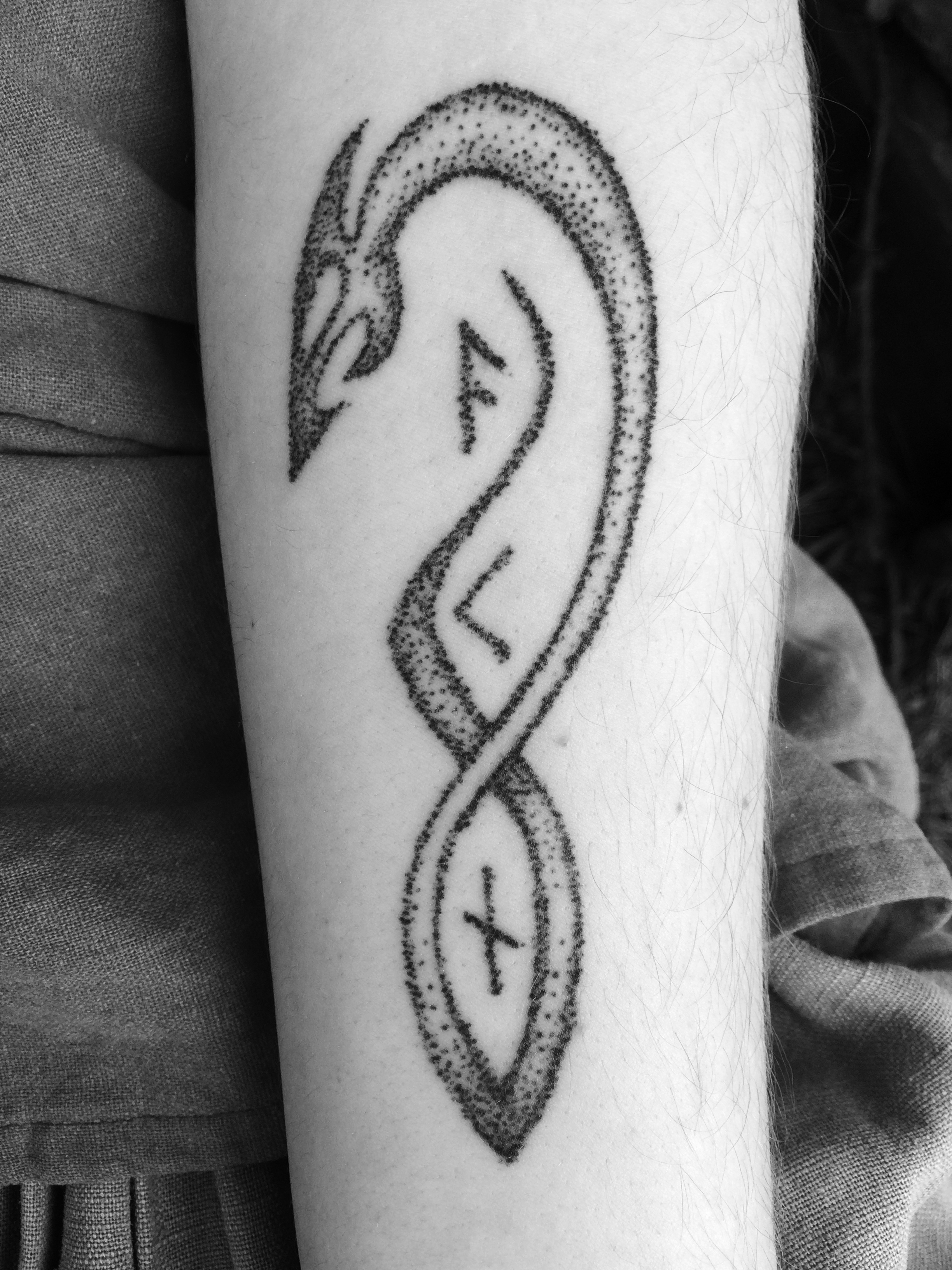
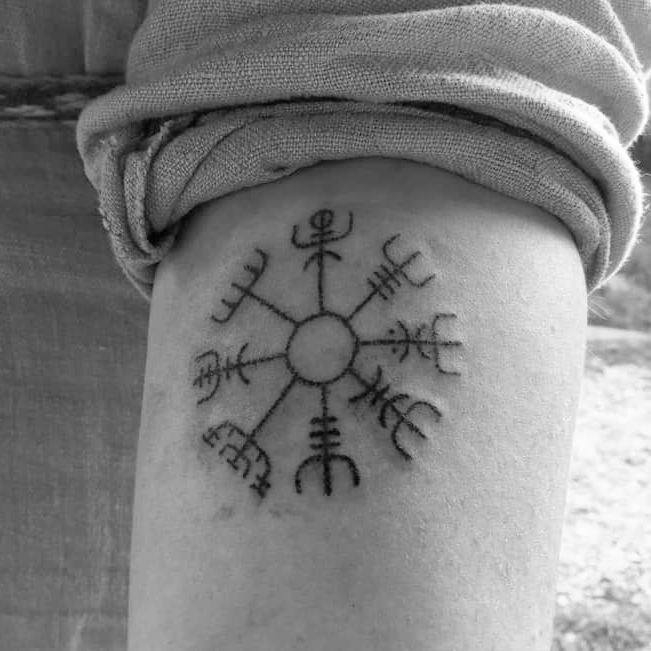
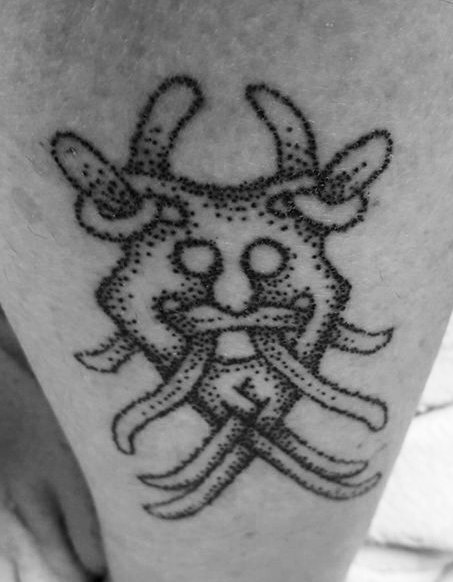
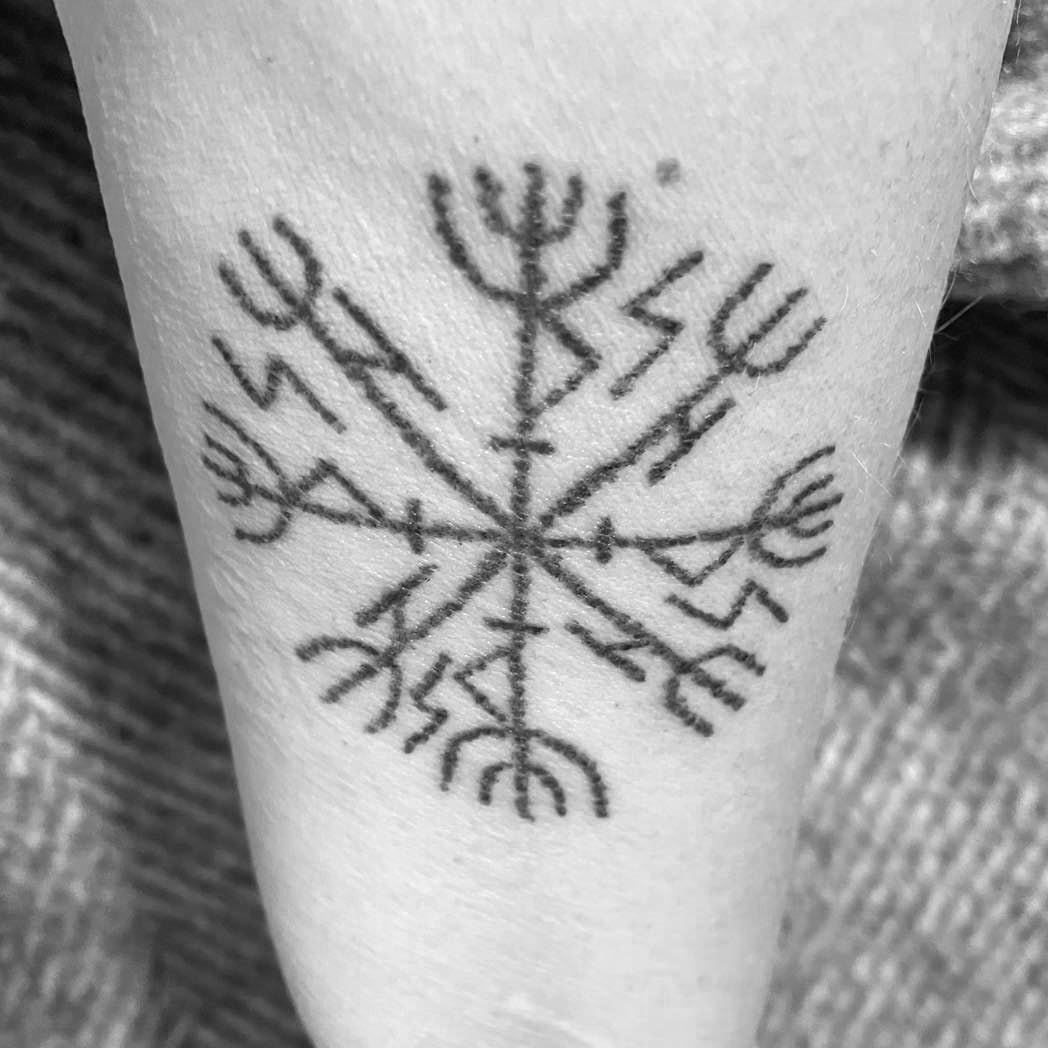
At the heart of my work lies this same reverence for tattooing as craft, ritual, and storytelling. I specialize in handpoke tattoos — each mark placed intentionally, without machines, in a method that echoes the ancient tools and techniques of our ancestors. Bone, copper, wood, sinew — these were once the instruments of skin-marking, and while today's tools have evolved, the spirit remains unchanged: slow, deliberate, sacred.
Ofnir Tato — a space where the old stories are remembered, and the body becomes a canvas for meaning. Inspired by the myths of Yggdrasil, where the wyrm Ofnir gnaws at the roots of the world tree, my practice is grounded in the belief that tattoos are more than ink. Like the wyrm, we leave marks on the tree of life — personal, permanent, magical and powerful.
At Ofnir Tato, I work only by handpoke methods. This is tattooing done slowly and with care, using no machines—only the hand, the needle, and the pulse of tradition. Each mark is unique, created in dialogue between skin, story, and symbol.
Whether you seek something drawn from Norse heritage, early tribal motifs, or your own mythic journey, I bring a deep respect for historical sources and handmade expression to each piece. This is not fast art.
This is craft, patience, and presence — tattooing as it has been done for thousands of years.
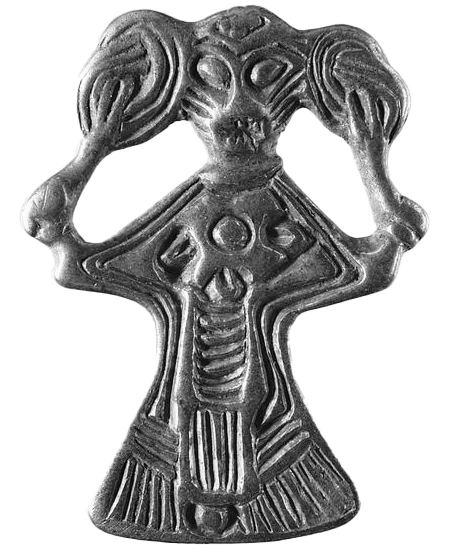
Handpoked dot-work tattoos, all done by hand, no machine work.







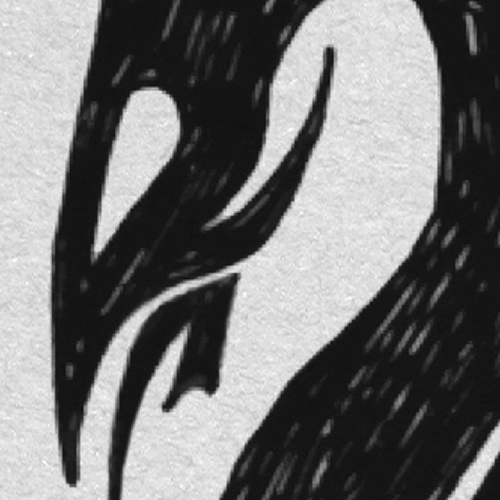

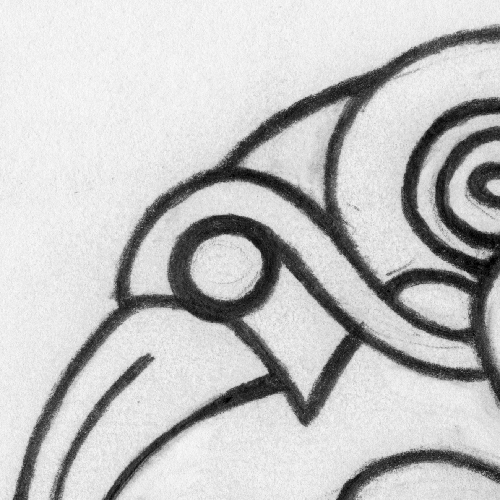

Tattooing is one of humanity’s oldest art forms. Across the world and through the centuries, people have marked their bodies with ink and pigment to connect with the sacred, show belonging, or carry memory in flesh.
The oldest known tattoos were found on Ötzi the Iceman, a 5,300-year-old mummy with soot marks on his joints — possibly for healing. In ancient Polynesia, the rhythmic tapping of tatau told stories of status and identity. Among the Inuit, skin stitching with soot and sinew linked women to ancestors and the spirit world.
And in Norse culture? While direct evidence of tattooing is scarce, we do know of body modifications such as tooth filing — carefully etched grooves found in Viking-age male skeletons, perhaps to intimidate or mark belonging. We also know the Norse were exposed to tattooed cultures through their travels, and the sagas and skaldic verses speak of magical marks, runes, and ritual scars.
Tattooing has always sat at the meeting point of identity and initiation, of pain and meaning, of art and ancestry. At Ofnir Tato, these traditions live on—not in exact replicas, but in spirit: historical inspiration, handmade technique, and deeply personal storytelling.
